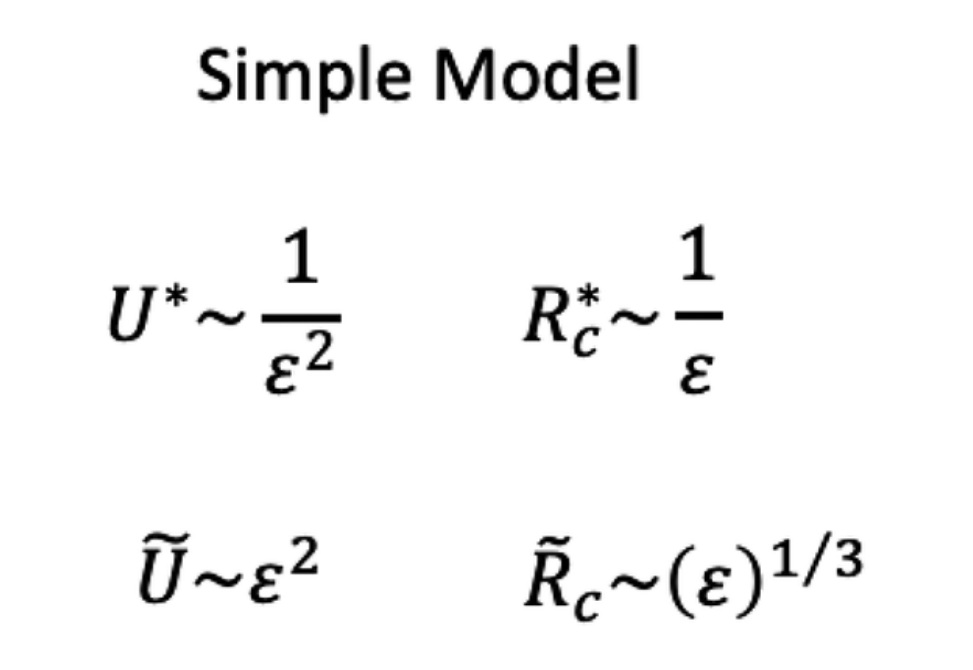Stretch-Induced Cavitation: How Critical Cavity Radius and Barrier Energy, Radius, and Energy of a Stable Cavity Depend on the Stretching Factor
Abstract
Characteristics of tension-induced cavitation, such as free energy at the barrier for cavitation, the size of the critical (barrier) cavity, the stable cavity size, and the free energy of the stable cavity, depend on the amount of tension (stretch) and the initial size of the sample. In this work, we study how the characteristics of the cavitation mentioned above scale with the amount of applied tension. We consider two models characterizing the properties of cavitating liquid: (a) a simple model with a linear tension–strain relation and neglect of curvature dependence of cavity surface tension and (b) a more realistic model with a nonlinear tension–strain relation and curvature-dependent surface tension. For both models, we find the relevant scaling relations when we stretch the initial volume of the liquid sample in the interval between 1% and 20% of the initial volume. Specific numerical tests are performed for the case of liquid water when the initial volume of the sample is a sphere with a radius of 100 nm.
Citation
Stretch-Induced Cavitation: How Critical Cavity Radius and Barrier Energy, Radius, and Energy of a Stable Cavity Depend on the Stretching Factor
Max L. Berkowitz
The Journal of Physical Chemistry B 2021 125 (17), 4409-4414
DOI: 10.1021/acs.jpcb.1c00096


